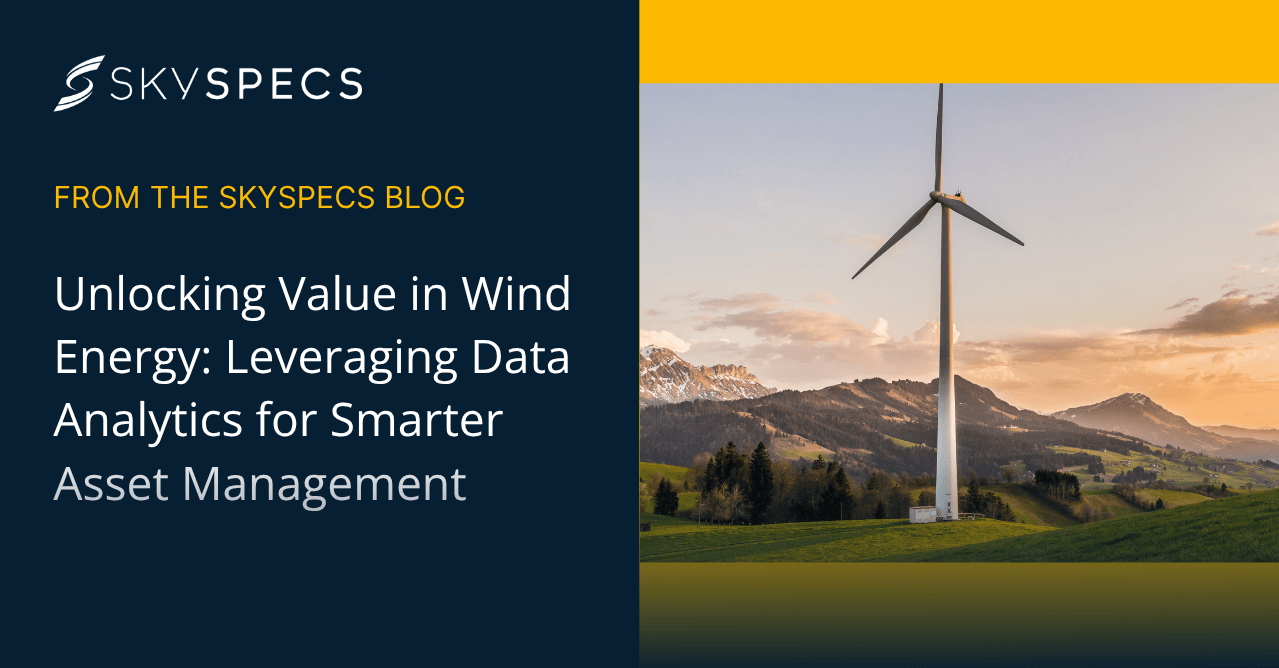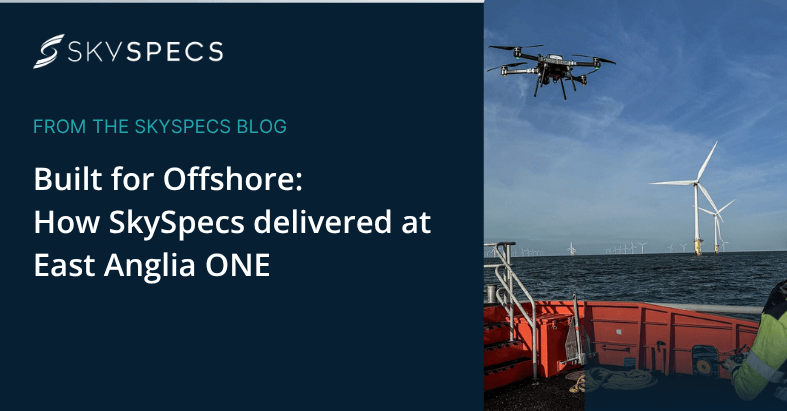Asset managers, operations engineers, service technicians, and performance managers….all roles typically involved in ensuring that a fleet of wind turbines operates well, producing the maximum possible energy yield. Another thing that all these roles have in common is that all are complex, require excellent multitasking skills, and often involve working under high pressure. Typically, such resources are consumed by dealing with immediate, urgent, and high-priority topics that need to be taken care of to keep the turbines running whilst ensuring that daily business is taken care of.
With this in mind, how do we ensure sufficient attention is given to achieving longer-term, strategical goals such as ensuring that all turbines in the fleet are correctly configured and aligned or optimizing service activities to ensure that repairs are performed during periods of low winds or low energy prices? Or performing preventative repair on a significant component to avoid complete system failure and the resulting costs and downtime?
Many independent consultancies and software providers promise to take care of such issues using advanced analytics, big data, and AI to generate insights concerning the operational state of the assets. But the challenge here is not only in turning data into insights but also in turning insights into value.
Value generation is a tricky business. The basic version is that the total investment in any specific activity must exceed the cost, with the latter consisting of both the direct cost and also the opportunity cost (i.e., the cost of not doing something else with the available resources).
If this is achieved, we could say we have a positive business case for the activity in question. However, what do we do when the volume of work that shows a potential positive business case exceeds all of the resources currently available? This is precisely the situation that regularly occurs in wind turbine operations. Assigning yet more state-of-the-art technology to detect and diagnose yet more faults and deficits in our operational fleet, providing yet more insights, will not resolve this resource problem.
In the long term, organizations may adjust to this situation by hiring additional staff, buying additional tools, and benefiting from a positive return on such investment due to the underlying gains that can be made. However, such a scale-up of optimization activities takes time, requiring first that the organization recognizes and quantifies the potential gains, finds and trains the required staff, and fully implements the best technologies and processes.
In the short term, it is unavoidable that value will be left on the table. Wind turbine failures will occur that could have been detected and prevented. Production will be lost due to misaligned blades or yaw misalignment, and unnecessary environmental curtailment will be incurred due to incorrect measurement of ambient conditions such as wind speed and direction, and so on. Frustrating but not entirely avoidable.
So, how can we ensure we still get the most out of our fleets despite real-world resource constraints? Here are a few suggestions:
1. Prioritization
There is much to be said for focusing on “low-hanging fruits.” Issues should be prioritized that yield maximum impact at minimum effort. The impact can be measured by increasing financial revenue due to increased production, avoiding downtime due to component failures, or reducing operational costs. However, such prioritization can be complex and may require an understanding of a large number of boundary conditions, such as the age of a specific turbine or wind farm, the current price at which energy is sold from the asset, the details of any maintenance contracts in place and the remaining level of risk exposure given the likely inclusion of a time-based or production-based availability guarantee. A well-performing organization with “smart operations” processes will quickly recognize the highest value opportunities, even given such complex boundary conditions, allowing prioritization of issues to be performed quickly and accurately.
2. Volume
When assigning additional tasks to already heavily loaded service organizations, planning a realistic amount of work to be performed in a specified timescale is essential. Bottlenecks are likely to exist due to the limited availability of key personnel both internally (e.g., at the turbine owner or operator) and externally (e.g., within the service team of the independent service provider or turbine manufacturer). It does not make sense to continuously “force” additional tasks into blocked workflows. This results in increased stress levels for all involved and typically only serves to reduce overall performance.
3. Transparency
When asking individuals and organizations to respond to specific work requests, such as the inspection of a component or a modification to the control strategy in a wind turbine, all stakeholders must have a complete understanding of what is being asked of them, the justification for this request and the expected gain. Such transparency keeps motivation high and reduces the time lost in discussion on the rationale for investing scarce resources into such strategically important but potentially less urgent tasks.
4. Completion
Get things done rather than do lots of things! It is important that tasks are seen through to completion since value is only created at the end. For example, a detailed study on the amount of energy production lost due to unnecessary curtailment will not avoid future losses. Completing compensation claims for lost production from the responsible third parties or modifying operational strategy to reduce the level of curtailment applied to extend the life of damaged components…such activities generate actual returns and real value. Getting things “over the line” is often the most challenging part of any optimization project or process. But a tenacious approach is needed here; pursuing five issues to completion will generate more value than juggling 20 issues simultaneously and completing none.
Long-term, strategical optimization of wind turbine fleets is an area in which we as an industry are still learning. However, supporting technology is improving rapidly, and owners and operators are also increasing their understanding of asset management, emphasizing the maximization of financial returns over the asset lifetime. In a fast-growing industry, one of the keys to success in the short term will be to make the best use of available resources to ensure maximum value generation.



